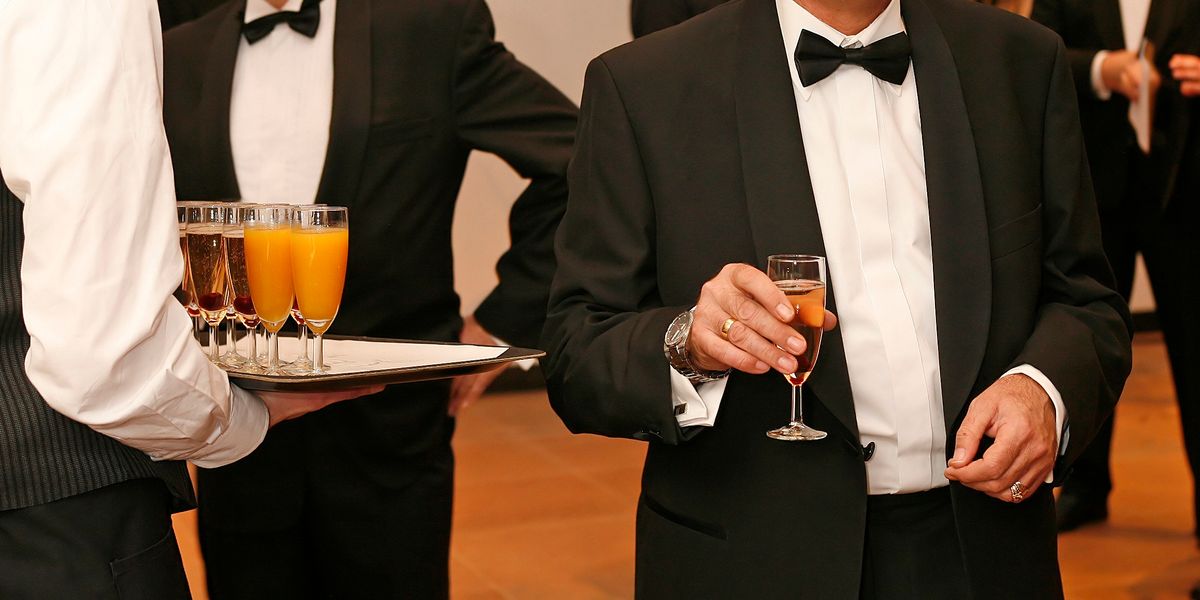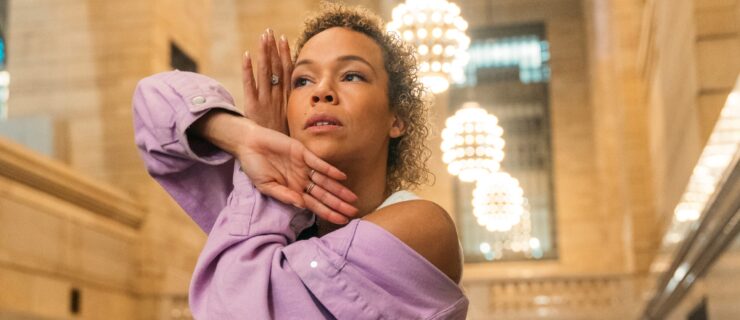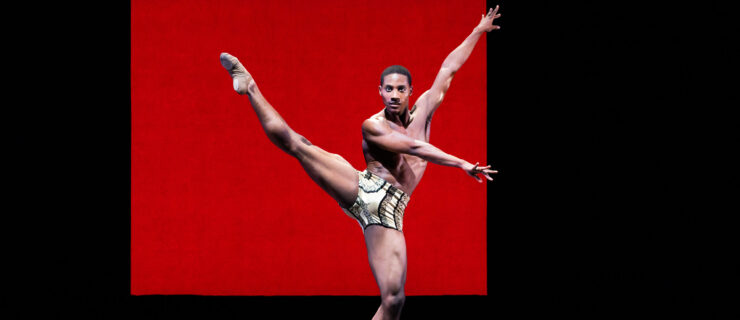How to Foster Safe Relationships With Your Donors
Late last year, choreographer Kate Wallich received an email that seemed promising. Claiming to be a patron of dance, the writer expressed interest in supporting Wallich’s work, and asked if they could meet to discuss it further. The writer’s use of dance terminology and knowledge of the field indicated a strong dance background, and made them seem legit. In the end, however, Wallich ended up having to file a police report against the fake donor, whose intentions seemed more stalkerish than philanthropic.
Though Wallich’s experience is an extreme example, it’s important for any dance artist to understand how to set boundaries and foster positive experiences with donors. More often than not, these relationships are meaningful and beneficial for both parties, sometimes even leading to lifelong friendships. But there are also implicit power dynamics at play, and artists may feel reluctant to say no to someone who’s providing them with vital funding.
Wallich’s main takeaway after her experience was that, when it came to fostering new relationships for her company, she needed to have formal protections in place, just like a larger institution would. “I think as dancers and choreographers we have been brought up in this system that makes you want to jump at any opportunity,” she says. But that shouldn’t mean throwing caution to the wind, or saying yes to everything.
For instance, Wallich decided it shouldn’t be too easy for strangers to email her directly. “If somebody emails you and says they want to support your work, have an automated response that says, ‘Thank you for contacting Studio Kate Wallich. We’re very excited that you want to become a donor. Let us connect you with our patron relations person.’ Have a vetting system,” she says. Now, if someone asks to meet Wallich, the potential patron might be directed to the president of her company’s board first. That way, the board can arrange to meet with the person before setting anything up with Wallich, and she doesn’t have to meet with them alone. Wallich is also in the process of building an official human resources department for her company.
Ron Fredman, the director of development at Sacramento Ballet, also avoids setting up one-on-one meetings between dancers and donors. If there’s going to be in-person interaction, he prefers that it happen in small-group settings. “Especially in a situation where you have some very young dancers, and then you have patrons who in many cases are older, more successful—there is a perception of imbalance that could arise,” he says. Fredman doesn’t give out dancers’ personal emails or phone numbers and, at least initially, tries to keep meetings in a supervised location. “If the donor wants to go to lunch with the artist, I’ll say, ‘Why don’t you come to a rehearsal, and then afterward we can sit and chat?’ ” he says. “That way you can give them that interaction, but also keep everybody in the public eye.”
Wallich recommends having a deeper understanding of how development and fundraising works, even if you’re an independent artist or running a very small company. “Create your own structure so that everybody can feel safe inside of those relationships,” she says. If you don’t have the resources of a company behind you, and can’t do things like hire a designated donor-relations person, you can still adopt your own safety measures: It could be as simple as having a friend accompany you to meetings with prospective patrons, or asking a trusted colleague or family member to look over emails that seem questionable.
Wallich suggests picking up a book about HR, and talking to members of your community who have experience in development. “Get advice, ask questions, find those people in your circle and that you aspire to know, and don’t feel bad about asking them for help,” she says. “You can make your own advisory board even if you don’t have a nonprofit.”
Despite her bad experience, Wallich is ready to put everything she’s learned into practice. “It actually makes me excited about the relationships I have with the donors who are real,” she says.




